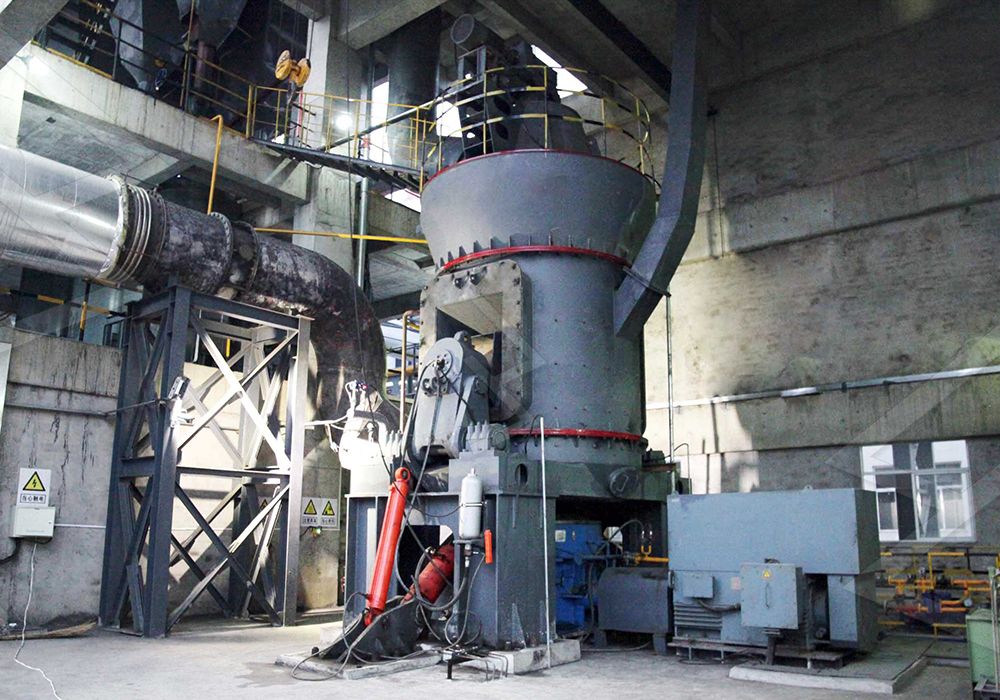Optimizing Performance: Key Considerations for Vertical Mill Feeders
Optimizing Performance: Key Considerations for Vertical Mill Feeders
In the world of industrial grinding, the efficiency of your entire operation often hinges on one critical component: the feeder system. While much attention is rightly paid to grinding mechanisms and separators, the humble feeder plays an outsize role in determining overall mill performance, product quality, and operational stability.
Proper feeding isn’t merely about moving material from point A to point B. It’s about creating the ideal conditions for the grinding process to occur efficiently. When material enters the grinding chamber inconsistently, operators face a cascade of problems: fluctuating power consumption, uneven wear on grinding components, and inconsistent product fineness. The relationship between feeder performance and mill output is both direct and profound.

The Material Flow Challenge
Vertical mills operate on the principle of bed compression grinding, where material forms a consistent layer between grinding rollers and the table. This process requires a steady, controlled feed rate that matches the mill’s capacity. Too little material results in metal-to-metal contact, causing excessive wear and vibration. Too much material overloads the system, reducing grinding efficiency and increasing energy consumption.
The ideal feeder maintains this delicate balance while accommodating variations in raw material characteristics. Moisture content, particle size distribution, and material abrasiveness all influence how material flows through the system. Modern feeding solutions must be adaptable to these variables while maintaining precise control over feed rates.
Advanced Feeding Solutions for Modern Grinding Applications
Contemporary mill designs have evolved to address these challenges through integrated feeding systems that work in harmony with the grinding mechanism. For operations requiring ultra-fine powder production, the MW Ultrafine Grinding Mill represents a significant advancement. With an input size range of 0-20 mm and capacity of 0.5-25 tph, this machine incorporates sophisticated feeding technology that ensures optimal material distribution across the grinding table.
The MW series employs a vibrating feeder that delivers material to the central part of the upper turnplate evenly, creating ideal conditions for the centrifugal force to distribute material across the grinding path. This precise feeding mechanism contributes directly to the mill’s ability to achieve fineness between 325-2500 meshes with screening rates achieving d97≤5μm in a single pass.

Integration and Control Systems
Modern feeding systems don’t operate in isolation. They’re integrated with the mill’s control system, allowing real-time adjustments based on operating parameters. Pressure sensors, power monitors, and material level indicators provide feedback that enables the feeder to respond to changing conditions within the mill.
This integration is particularly evident in mills like the LUM Ultrafine Vertical Grinding Mill, where the PLC control system coordinates feeder operation with grinding pressure and separator speed. The result is a responsive system that maintains optimal grinding conditions even as material characteristics change throughout a production run.
Maintenance and Reliability Considerations
Feeder reliability directly impacts overall mill availability. Designs that eliminate complex internal components reduce maintenance requirements and increase operational uptime. The MW Ultrafine Grinding Mill’s chamber contains no rolling bearings or screws, eliminating common failure points that can disrupt feeding consistency.
External lubrication systems allow for maintenance without shutdown, supporting continuous 24-hour operation that maximizes production capacity. These design choices reflect an understanding that feeder reliability is inseparable from mill reliability.

Environmental and Operational Efficiency
Beyond production metrics, modern feeding systems contribute to environmental compliance and operator safety. Efficient pulse dust collectors integrated with feeding points prevent material spillage and dust generation, while silencers and noise reduction measures create better working conditions.
The precise material control enabled by advanced feeders also reduces energy consumption by ensuring the mill operates at optimal capacity. By avoiding both underloading and overloading, these systems help achieve the higher yielding, lower energy consumption that defines modern grinding operations.
Frequently Asked Questions
What is the most common feeding-related problem in vertical mills?
Inconsistent feed rates represent the most frequent challenge, leading to vibration, reduced grinding efficiency, and uneven wear on grinding components. This often stems from material bridging, feeder limitations, or control system issues.
How does proper feeding impact energy consumption?
Optimal feeding can reduce energy consumption by 30-50% by maintaining the ideal material bed depth for efficient grinding. Both underfeeding and overloading force the mill to operate outside its most efficient parameters.
Can existing mills be retrofitted with improved feeding systems?
Yes, many older mills can be upgraded with modern feeding technology, though the feasibility depends on the specific mill design and available space. Retrofits typically yield significant improvements in stability and efficiency.
What feeding solution is recommended for ultra-fine grinding applications?
For ultra-fine powder production, the MW Ultrafine Grinding Mill incorporates an advanced feeding system specifically designed to handle the precise material control required for fineness up to 2500 meshes.
How important is feeder maintenance to overall mill reliability?
Extremely important. Feeder issues account for a significant percentage of unplanned mill downtime. Designs with external lubrication and minimal internal components, like the MW series, greatly reduce maintenance-related disruptions.
